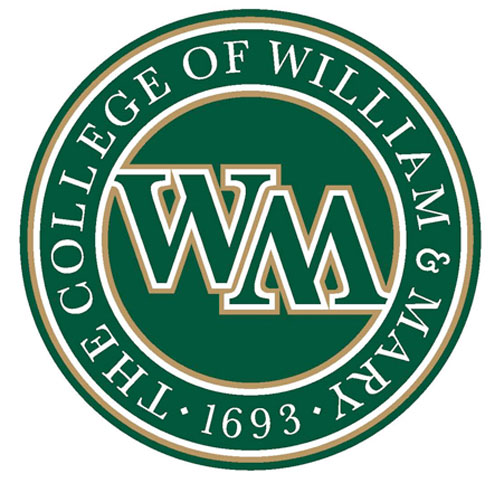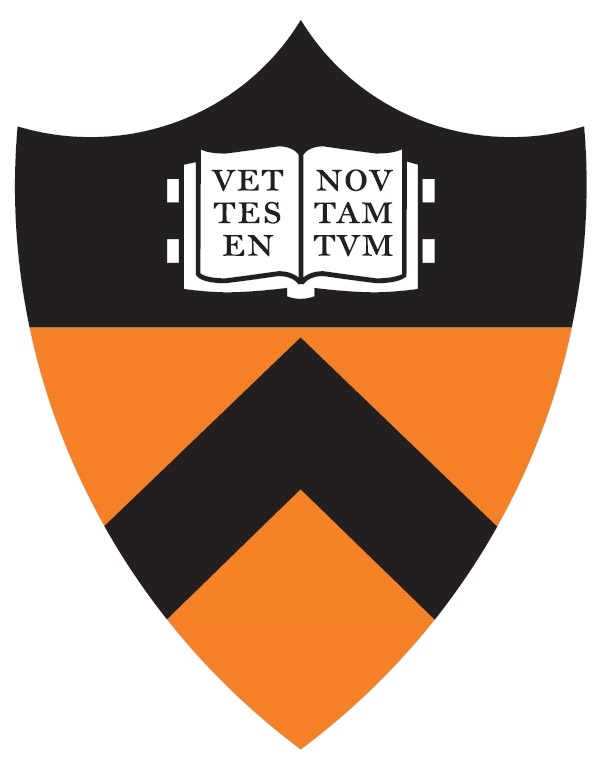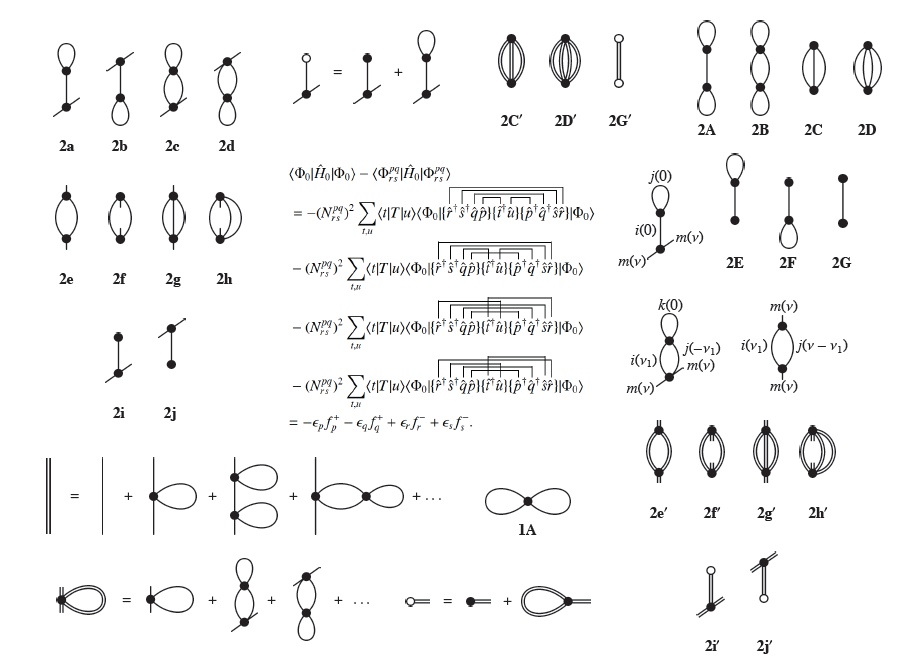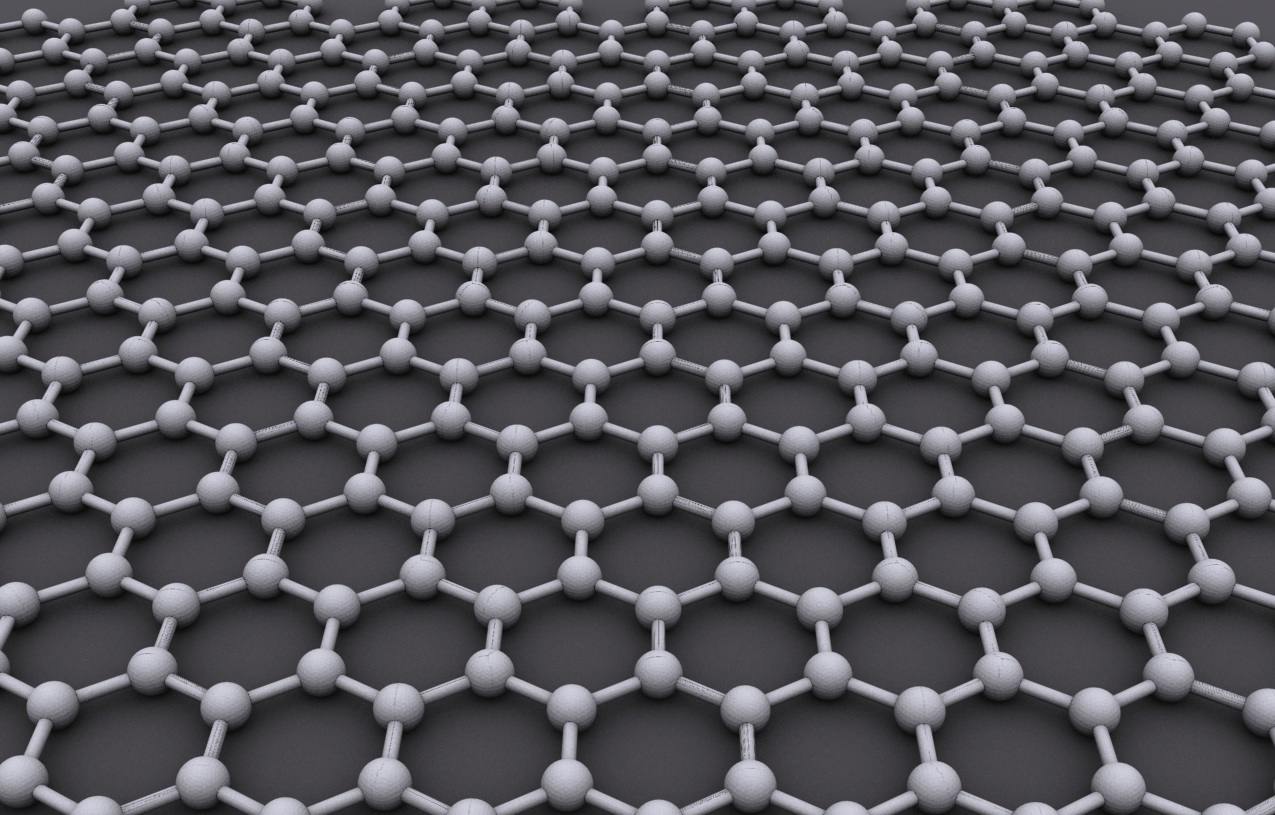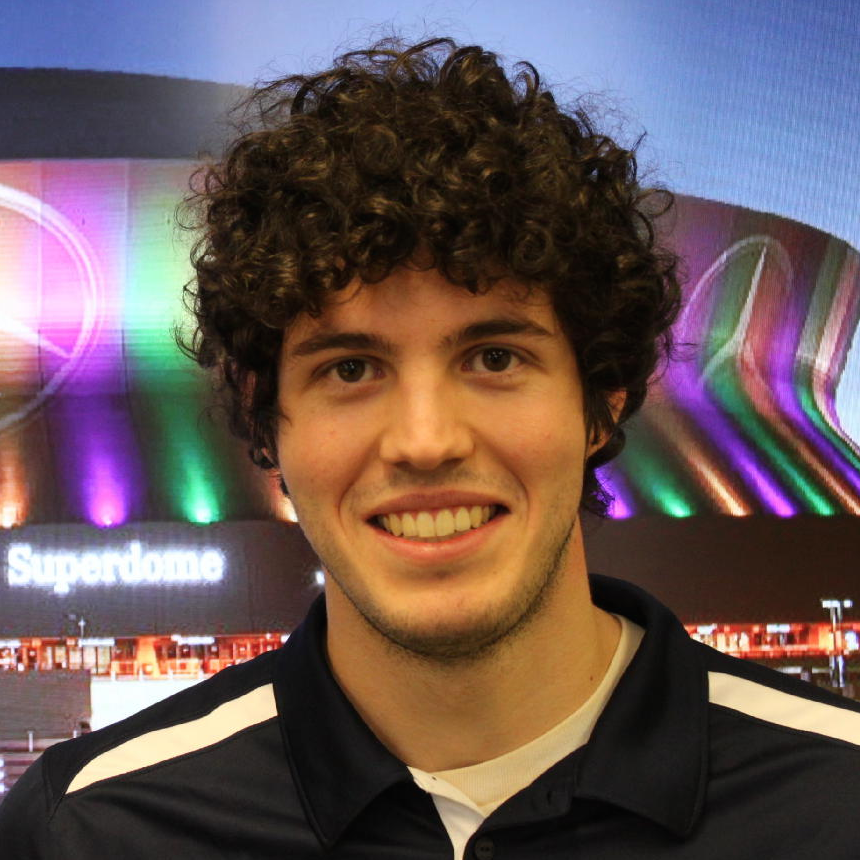
Jacob Faucheaux wins an ACS COMP Graduate Student award
Jacob Faucheaux, a graduate student in the Hirata group, is a 2016 winner of the Chemical Computing Group Excellence Award of the American Chemical Society Division of Computers in Chemistry. It recognizes outstanding research performed by a graduate student in computational chemistry. Each winner receives $1,150 and a copy of CCG's Molecular Operating Environment software. (May, 2016)
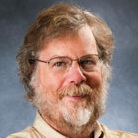
David Ceperley wins the Alder CECAM Prize
David Ceperley is the winner of the 2016 Berni J. Alder CECAM Prize, recognizing his exceptional contributions to the field of microscopic simulation of matter. This 5,000-euro prize is the most prestigious European prize for computer simulations in condensed matter physics and chemistry, statistical physics, and physical chemistry. (May, 2016)
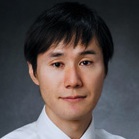
Shinsei Ryu wins Nishina Memorial Prize
Shisei Ryu is one of four winners of the 2015 Nishina Memorial Prize for his pioneering on topological phases of matter. Ryu established a method for classifying different types of topological phases, which is expected to help discover new materials. The Nishina Memorial Prize is the top physics prize in Japan and among the past winners are five Nobel laureates. (November, 2015)

Changlani's work on diluted Heisenberg antiferromagnets is Phys. Rev. B Editors' Suggestion
Ghosh, Changlani, and Henley offer an explanation of why emergent local moments develop in the square and Bethe lattices at their percolation threshold by using Schwinger boson mean field theory. Their work, published in Phys. Rev. B, is selected as a Editors' Suggestion. (August, 2015)
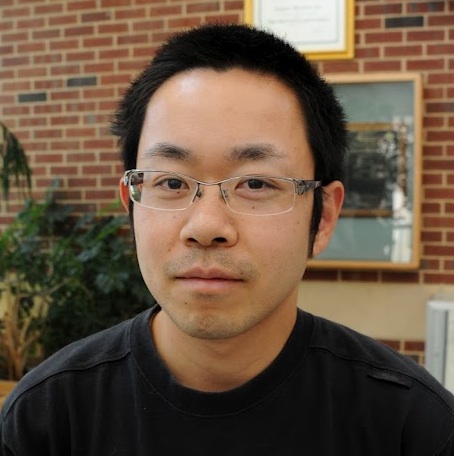
Yamada finds theorems for instability of Hartree-Fock solutions
Yamada and Hirata propose singlet and triplet instability theorems, stating that such instabilities always exist in HF solutions with form-degenerate HOMO and LUMO, providing a theoretical basis for Hund's rule, biradicaloids, Jahn-Teller distortion, and spin-density waves in covalent bond breaking and in metals. (August, 2015)

Shinsei Ryu wins National Science Foundation CAREER Award
Shinsei Ryu wins the Faculty Early Career Development (CAREER) Award of the National Science Foundation (NSF), the NSF's most prestigious award in support of junior faculty who excel both in scholarship and education. (February, 2015)
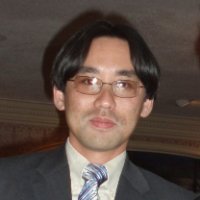
So Hirata named a Fellow of the Royal Society of Chemistry
So Hirata is designated as a Fellow of the Royal Society of Chemistry of the United Kingdom, a status given to chemists who have made an outstanding contribution to chemistry. The RSC is a learned society with 170 years of history and publishes Phys. Chem. Chem. Phys. and other journals. (February, 2015)

Lucas Wagner promoted to Research Assistant Professor
Lucas Wagner is appointed as a Research Assistant Professor of Physics at University of Illinois at Urbana-Champaign. Its condensed matter physics graduate program, of which Wagner is a part, is top ranked in the nation by the US New & World Report (January, 2015)


David Ceperley and Lucas Wagner each wins a DOE INCITE Award
David Ceperley leads a DOE INCITE Award with 185 million core-hours of supercomputer time to study heterogeneous catalysis of transition metal nanoparticles and properties of solvated ions near metal and metal oxide surfaces. Lucas Wagner receives 106 million core-hours to study emergent physics in condensed matter physics and materials science, more specifically, high Tc superconductivity (January, 2015)
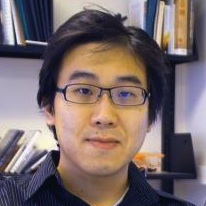
Garnet Chan named a Moore Distinguished Scholar by Caltech
Garnet Chan is selected as a Gordon and Betty Moore Distinguished Scholar at the California Institute of Technology (Caltech). The Moore Distinguished Scholar Program brings scientists of great distinction to the campus of Caltech and is funded by Gordon Moore, the founder of Intel Corporation. (January, 2015)
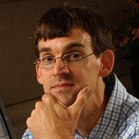
Peter Abbamonte designated as a Moore Experimental Investigator and a University Scholar
Peter Abbamonte is one of 19 named a Moore Experimental Investigator in Quantum Materials by the Gordon and Betty Moore Foundation. This five-year grant is given to scientists who have the potential to transform quantum materials research. Abbamonte is also designated as a University Scholar, the highest honor the University of Illinois system bestows upon its faculty member (January, 2015)

Shinsei Ryu wins New Horizons Prize
Shinsei Ryu wins the New Horizons Prize of the Breakthrough Prize Foundation founded by Google, Inc., Alibaba, Inc., and Facebook, Inc. and is to share the $100,000 award. According to New York Times, “The other two New Horizons Prizes involve one of the jazziest speculations in physics: the idea, suggested by string theory and black holes, that the world is a hologram, like the pictures on credit cards in which the illusion of three dimensions has been encoded on a two-dimensional surface.” (November, 2014)


Lucas Wagner and Peter Abbamonte closer to elucidating the mechanism of high-Tc superconductivity
In a recent Phys. Rev. B paper, Lucas Wagner and Peter Abbamonte report the near-exact quantum Monte Carlo simulation of cuprate superconductor, obtaining its key parameters such as band gap and exchange coupling in good agreement with the observed. (September, 2014)

“Nailing down the benzene crystal”
A team led by Garnet Chan harnesses a range of accurate electronic structure methods including DMRG to determine the cohesive energy of benzene crystal within 1 kJ/mol of the experimental data, paving the way for first-principles prediction of crystal polymorphic structures. The result was reported in Science (September, 2014)


Garnet Chan and So Hirata inducted to International Academy of Quantum Molecular Sciences
Garnet Chan and So Hirata join David Ceperley as a member of the prestigious International Academy of Quantum Molecular Sciences. (July, 2014)

Shinsei Ryu named 2014 Sloan Fellow
Shinsei Ryu is among the 126 most promising early-career scholars selected to receive Sloan Research Fellowships from the Alfred P. Sloan Foundation. Many Sloan Fellows have gone on to win Nobel Prizes, Fields Medals, National Medals of Science, and numerous other awards. (February, 2014)

Garnet Chan receives a NAS Award
Garnet K.-L. Chan is the recipient of the William O. Baker Award for Initiative in Research presented by the National Academy of Sciences this year in the field of numerical simulations in condensed matter and materials. Supported by Alcatel-Lucent Bell Labs, the Award is presented with a $15,000 prize and recognizes innovative young scientists. (February, 2014)

Shinsei Ryu wins the Nishinomiya-Yukawa Memorial Prize
Shinsei Ryu and his collaborator, Dr. Tadashi Takayanagi of Kyoto University, share the 27th Nishinomiya-Yukawa Memorial Prize for their work on Holographic Derivation of Entanglement Entropy from the anti-de Sitter Space/Conformal Field Theory Correspondence. Ryu also received the 7th Condensed Matter Sciences Prize in 2012. (February, 2014)

David Ceperley inducted to International Academy of Quantum Molecular Sciences
David Ceperley, an authority of quantum Monte Carlo, is elected to one of the most exclusive scientific societies, the International Academy of Quantum Molecular Sciences. Its members include more than 10 Nobel laureates and architects of quantum theory such as Louis de Broglie, Linus Pauling, Robert Mulliken, and John Pople. (July, 2013)

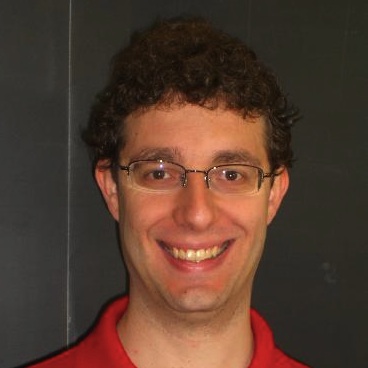

3 PIs appointed as Blue Waters Professors
David Ceperley, Bryan Clark, and So Hirata are among the 12 selected to receive the title of Blue Waters Professor by the National Center for Supercomputing Applications of UIUC. It provides each with up to 240,000 node hours of the BW supercomputer annually, equivalent of $200,000 in research funding. (February, 2014)

